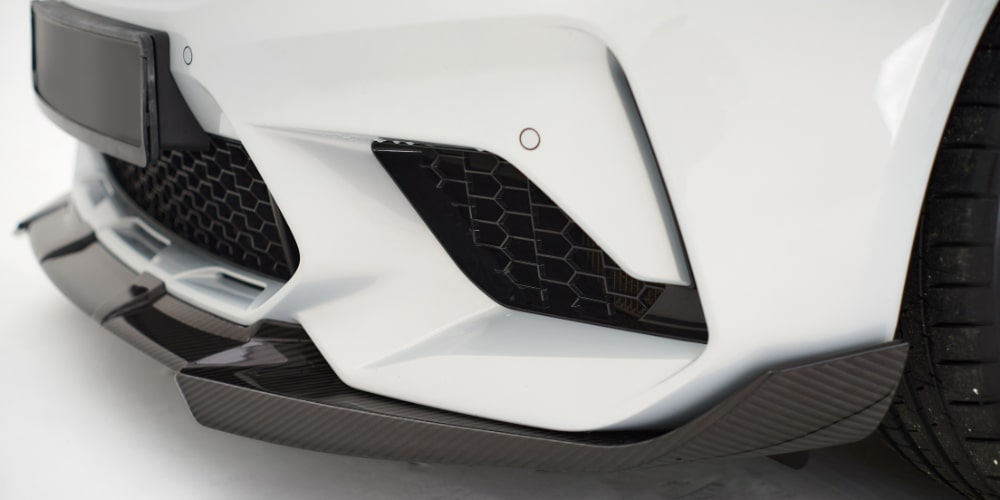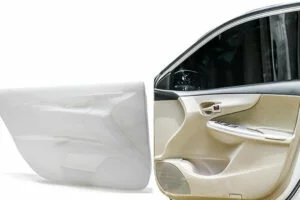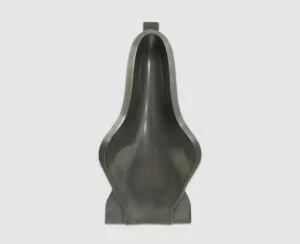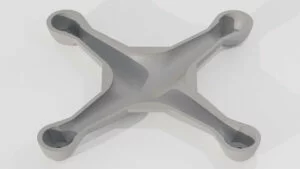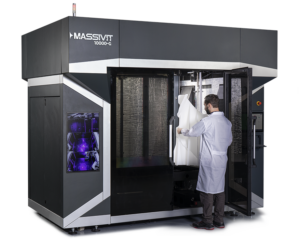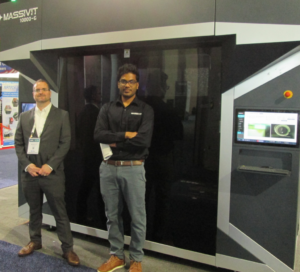One of the latest materials to make a significant impact in the world of automotive manufacturing is composite materials, particularly carbon fiber. Lightweight yet strong, flexible yet durable, carbon fiber and other composite materials are revolutionizing the industry, driving fuel efficiency, performance, and safety improvements.
The Advantages of Composites in Automotive Manufacturing
Composite materials from a combination of carbon fiber and resins are increasingly becoming the material of choice in the automotive industry. Each advantage of using these materials can be mapped to the specific requirements of automotive manufacturing, leading to a host of benefits:
- Superior Strength and Rigidity: Composites are renowned for their incredible strength and rigidity. They provide the sturdiness required to keep a vehicle safe and structurally sound, without adding unnecessary weight. This trait is paramount in the automotive sector, where safety is non-negotiable. A car must withstand enormous forces in the event of a collision, and composites can meet this challenge.
- Weight Reduction: The most significant advantage composites bring to the automotive industry is weight reduction. As manufacturers constantly strive for fuel efficiency and improved performance, reducing the weight of vehicles is a top priority. Lighter cars use less energy to move, thus improving fuel efficiency. Moreover, a lightweight vehicle provides a more agile driving experience, improving overall performance.
- Corrosion Resistance: Unlike metal parts, composite materials do not corrode over time. Corrosion can compromise a vehicle’s performance, safety, and lifespan. By utilizing corrosion-resistant composites, manufacturers can ensure their vehicles maintain optimum performance levels for extended periods, improving their lifespan and customer satisfaction.
- Formability: Composites are versatile and can be molded into complex shapes and designs. This is a significant advantage in automotive, where the exterior design and interior ergonomics play a considerable role in a vehicle’s appeal. From sleek curves to intricate internal components, composites enable designers to push their creativity’s boundaries without compromising the material’s structural integrity.
- Cost-Efficiency: While the initial costs may be high, the long-term cost-efficiency of composites makes them an appealing choice for automotive manufacturers. The durability and longevity of composites reduce maintenance and replacement costs over the vehicle’s life. Additionally, the improved fuel efficiency afforded by lighter composite-based vehicles can result in significant savings for consumers.
Thus, composite materials offer a comprehensive package of advantages that perfectly align with the specific requirements and objectives of automotive manufacturing. Their use will undoubtedly continue to grow, bringing about further advancements and improvements in the industry.
Carbon Fiber: A Game Changer
Among all composite materials, carbon fiber stands out. Carbon fiber composites possess an exceptional strength-to-weight ratio, significantly outpacing traditional materials like steel and even aluminum. While still more expensive than conventional materials, the cost of carbon fiber has been decreasing, leading to its increased adoption in the automotive industry. Recyclability remains a challenge, but strides are being made in this area, further cementing carbon fiber’s position in the industry’s future
Automotive Applications of Composite Materials
Several critical areas in automotive manufacturing are witnessing the advantages of composite materials:
- Body Panels: Composite materials enable lightweight, rigid, and aerodynamically efficient body panels. Carbon fiber, for instance, is increasingly used in sports and luxury cars for this purpose.
- Chassis: The vehicle chassis, a critical structural component, is being revolutionized by composites. Carbon fiber chassis are not only lighter but also offer exceptional rigidity, enhancing vehicle performance.
- Interior Components: From dashboard elements to seat frames, composites offer an excellent blend of weight reduction, strength, and design flexibility.
- Wheels: A relatively new application, composite wheels (especially those made from carbon fiber) offer weight reduction benefits, directly influencing a vehicle’s unsprung mass and, thus, its handling and performance.
- Drive Shafts: Composite drive shafts, particularly those made from carbon fiber, offer improved torque transfer and weight reduction, leading to enhanced vehicle efficiency and performance.
Looking to the Future: Composites in Electric Vehicles and Autonomous Cars
As the world pivots towards cleaner and more efficient forms of transportation, electric vehicles (EVs) are quickly becoming the norm. The rise of EVs has further amplified the importance of composite materials. For instance, BMW’s i series of electric cars extensively use carbon fiber-reinforced plastic (CFRP) for the passenger cell, significantly reducing the vehicle’s weight while maintaining high safety standards (4). This weight reduction plays a crucial role in extending the battery range of EVs, making composites an integral part of EV design.
In the realm of autonomous vehicles, composite materials are showing promise as well. The non-metallic nature of composites facilitates the integration of sensors and other technology required for autonomous driving. For example, Google’s autonomous vehicle, Waymo, utilizes a unique LiDAR (Light Detection and Ranging) system that involves bouncing a laser off the surrounding environment to navigate. Metal-bodied cars often interfere with this technology. However, a composite body doesn’t pose such issues, making composites an ideal choice for the development of future autonomous vehicles.
Amplifying Composites with 3D Printing in Automotive Manufacturing
Additive manufacturing has emerged as a powerful tool in the automotive industry, particularly when combined with the use of composite materials. Here’s how this innovative manufacturing method can enhance the efficacy of composites in automotive manufacturing:
- Rapid Prototyping: 3D printing allows manufacturers to rapidly produce prototypes for testing and evaluation. When it comes to composites, this can accelerate the design phase, allowing designers to swiftly iterate and refine composite parts, leading to faster development cycles and a quicker path to market.
- Customization: With 3D printing, manufacturers can easily create customized parts that cater to specific performance requirements or unique design aesthetics. For instance, a composite part can be 3D printed with varying degrees of thickness or density, providing optimal balance between weight and strength tailored to each unique application.
- Complex Geometries: 3D printing shines when it comes to creating complex shapes and geometries, which can be challenging with traditional manufacturing methods. This feature complements the formability of composites, allowing automotive manufacturers to create intricate, lightweight parts that were previously unimaginable.
- Cost-Effective Small-Batch Production: Traditional manufacturing methods can be cost-prohibitive for small-batch production. With 3D printing, however, manufacturers can produce small quantities of composite parts cost-effectively, enabling the production of special editions or custom models.
- Waste Reduction: 3D printing is an additive process, meaning the material is added layer by layer to build the part,instead of subtractive methods that cut away material from a larger piece. This approach can significantly reduce waste when working with expensive composite materials, making the production process more sustainable and cost-effective.
By integrating 3D printing into their processes, automotive manufacturers can leverage the advantages of composite materials to their fullest potential, paving the way for more innovative, efficient, and customizable vehicles.


